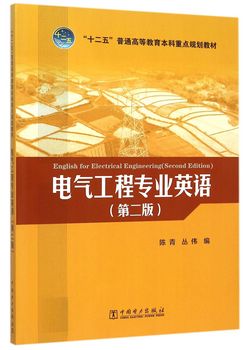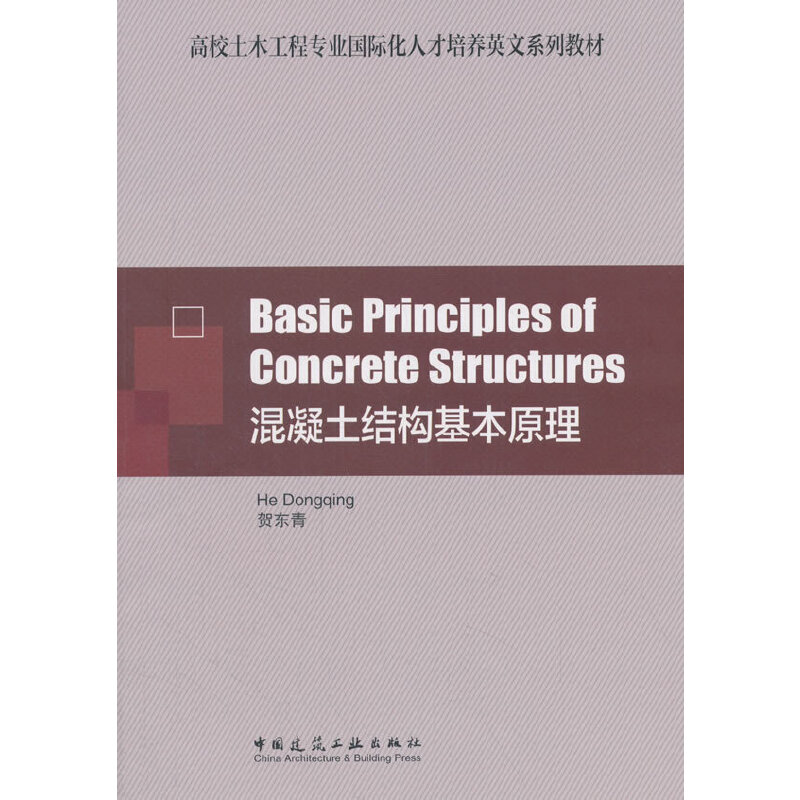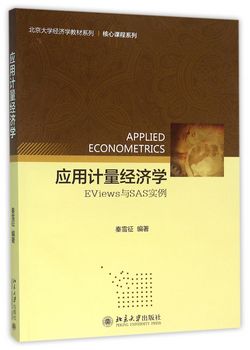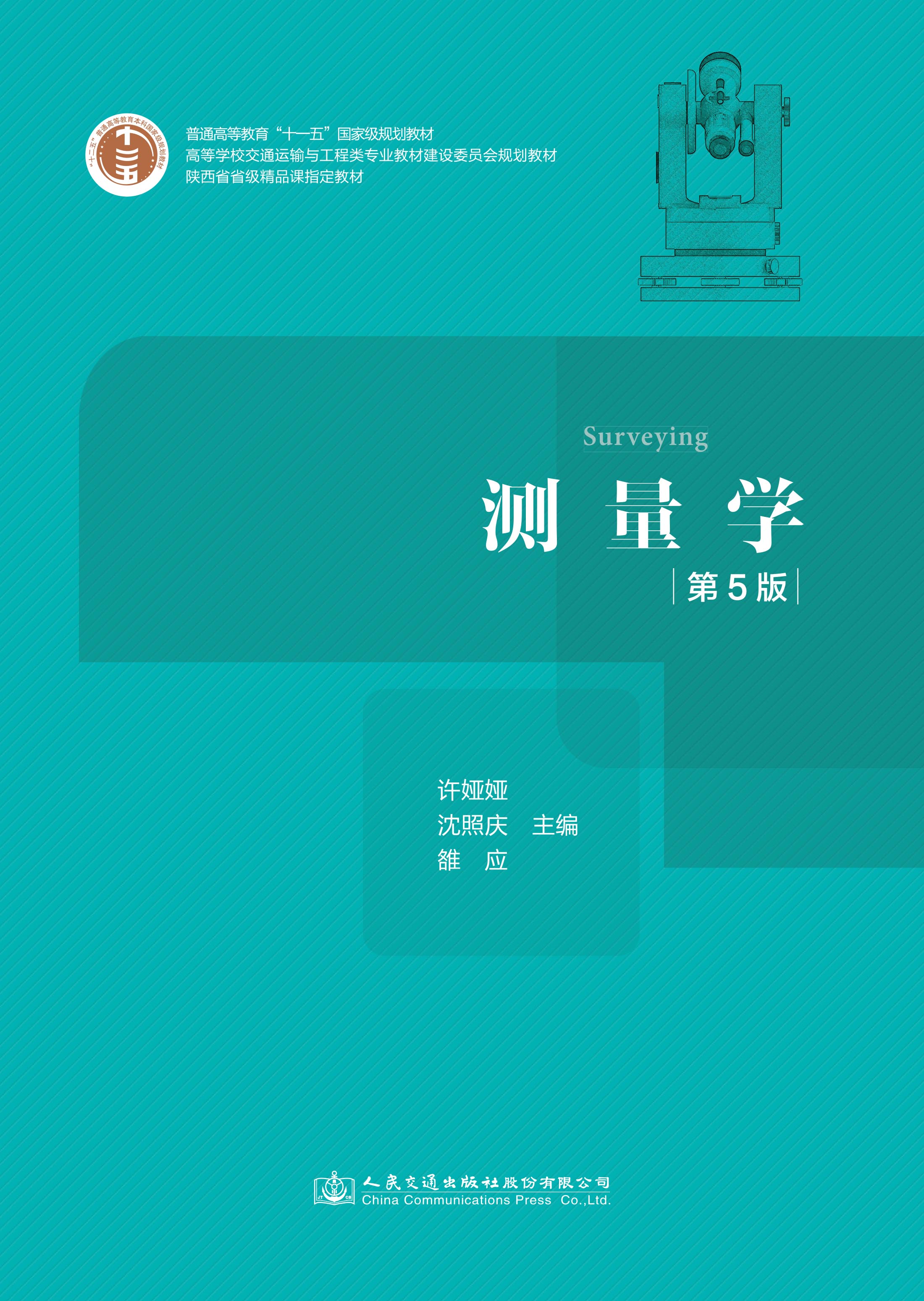第二语言研究中的问卷调查方法(第二版)
定价:¥53.90
作者: [英]佐尔坦·德尔涅伊,[日]龙谷田口
出版时间:2011-10
出版社:外语教学与研究出版社
- 外语教学与研究出版社
- 9787513514439
- 238432
- 2011-10
内容简介
本书对问卷设计、实施、数据分析等各个阶段提供了全面指导,以帮助使用者设计一份有效的问卷。全书包括五章:第一章探讨了问卷的性质、优缺点及问卷在定性、定量研究中的应用;第二至四章通过大量实例分别详细介绍了问卷的设计、实施与数据分析方法;第五章提供了一个具体的国外研究实例,展示如何运用书中方法为一个关于学习动机的研究设计问卷。最后,本书特别增加了一个中文研究案例,以帮助国内读者更好地理解本方法的应用。
目录
总序
导读——第二语言研究中问卷调查法的特点及应用
Preface to the Second Edition
Introduction
Chapter 1 Questionnaires in Second Language Research
1.1 What Are“Questionnaires”and What Do They Measure?
1.1.1 What a Questionnaire Is Not
1.1.2 What Do Questionnaires Measure?
1.2 Using Questionnaires:Pros and Cons
1.2.1 Advantages
1.2.2 Disadvantages
1.3 Questionnaires in Quantitative and Qualitative Research
Chapter 2 Constructing the Questionnaire
2.1 General Features
2.1.1 Length
2.1.2 Layout
2.1.3 Sensitive Topics and Anonymity
2.2 The Main Parts of a Questionnaire
2.2.1 Title
2.2.2 Instructions
2.2.3 Ouestionnaire Items
2.2.4 Additional Information
2.2.5 Final“Thank YDu”
2.3 Appropriate Sampling of the Questionnaire Content and the Significance of“Multi—Item Scales”
2.3.1 Appropriate Sampling ofthe Content
2.3.2 Using Multi—Item Scales
2.4 “Closed.Ended”Ouestionnaire Items
2.4.1 Rating Scales
2.4.2 Multiple—Choice Items
2.4.3 Rank Order Items
2.4.4 Numeric Items
2.4.5 Checklists
2.5 Open—Ended Questions
2.5.1 Specific Open Questions
2.5.2 clarification Questions
2.5.3 Sentence Completion Items
2.5.4 Short—Answer Questions
2.6 HOW to Write Good Items
2.6.1 Drawing Up an“Item Pool”
2.6.2 Rules About Writing Items
2.6.3 WrRing Sensitive Items
2.7 Grouping and Sequencing Items
2.7.1 Clear and Orderly Structure
2.7.2 Opening Questions
2.7.3 Factual(or“Personal”or“Classification”、Questions at the End
2.7.4 Open—Ended Questions at the End
2.8 Translating the Questionnaire
2.8.1 Translation as a Team—Based Approach
2.8.2 Translation with Limited Resources
2.9 Computer Programs for Constructing Questionnaires
2.10 Piloting the Questionnaire and Conducting Item Analysis
2.10.1 Initial Piloting of the Item Pool
2.10.2 Final Piloting("Dress Rehearsal”
2.10.3 Item Analysis
Chapter 3 Administering the Questionnaire.
3.1 Selecting the Sample
3.1.1 Sampling Procedures
3.1.2 How Large Should the Sample Be?
3.1.3 The Problem of Respondent Self.Selection
3.2 Main Types of Questionnaire Administration
3.2.1 Administration bv Mail
3.2.2 One—to—One Administration
3.2.3 Group Administration
3.2.4 Online Administration
3.3 Strategies to Increase the Quality and Quantity of Participant Response
3.3.1 Advance Notice
3.3.2 Attitudes Conveyed by Teachers,Parents,and Other Authority Figures
3.3.3 Respectable Sponsorship
3.3.4 The Presence of a Survey Administrator
3.3.5 The Behavior of the Survey Administrator
3.3.6 Communicating the Purpose and Significance ofthe Survey
3.3.7 Emphasizing Confidentiality
3.3.8 Reading Out the Questionnaire Instructions
3.3.9 The Style and Layout of the Questionnaire
3.3.10 Promising Feedback on the Results
3.4 Questionnaire Administration,Confidentiality,and Other Ethical Issues
3.4.1 Basic Ethical Principles of Data Collection
3.4.2 Obtaining Consent for Children
3.4.3 Strategies for Getting Around Anonymity
Chapter 4 Processing Questionnaire Data
4.1 Coding Questionnaire Data
4.1.1 First Things First:Assigning Identification Codes
4.1.2 Coding Quantitative Data
4.2 Inputting the Data
4.2.1 Creating and Naming the Data File
4.2.2 Keying in the Data
4.3 Processing Closed Questions
4.3.1 Data Cleaning
4.3.2 Data Manipulation
4.3.3 Reducing the Number of Variables in the Questionnaire
4.3.4 Main Types of Questionnaire Data
4.3.5 Examining the Reliability and V.aliditV Ofthe Data
4.3.6 Statistical Procedures to Analyze Data
4.4 Content Analysis of Open—Ended Questions
4.5 Compmer Programs for Processing Questionnaire Data
4.6 Summarizing and Reporting Questionnaire Data
4.6.1 General Guidelines
4.6.2 Technical Information to Accompany Survey Results
4.6.3 Reader.Friendly Data Presentation Methods
4.7 Complementing Questionnaire Data with Other Information
4.7.1 Questionnaire Survey with Follow—up Interview or Retrospection
4.7.2 Questionnaire Survey Facilitated by Preceding Interview
Chapter 5 Illustration:Developing a Motivation Questionnaire
5.1 construction of the Initial Questionnaire
5.1.1 Deciding the ComemAreas to be Covered in the Questionnaire
5.1.2 Designing Items for the Item Pool
5.1.3 Designing Rating Scales
5.1.4 Designing the Personal Information Section
5.1.5 Designing Instructions
5.1.6 Designing the Questionnaire Format
5.1.7 Grouping and Organizing Items and Questions
5.2 Translating and Initial Piloting
5.3 Final Piloting and Item Analysis
5.3.1 Missing Values and the Range of Responses
5.3.2 The Intemal Consistency ReliabjlitV of the Initial Scales
5.3.3 Modification of the Personal Information Items
5.4 The Final Version of the Japanese Ouestionnaire and Post Hoc Item Analysis
5.5 Adapting the Questionnaire for Use in China and Iran
Conclusion and Checklist
References
Appendix A:Combined List of the Items Included in the Questionnaires Discussed in Chapter 5
Appendix B:The Final Version ofthe Questionnaires Used in Japan andChina
Appendix C:Selected List of Published L2 Questionnaires
研究案例:中国大学本科生英语学习动机类型
高一虹、赵媛、程英、周燕
Author Index
Subject Index
导读——第二语言研究中问卷调查法的特点及应用
Preface to the Second Edition
Introduction
Chapter 1 Questionnaires in Second Language Research
1.1 What Are“Questionnaires”and What Do They Measure?
1.1.1 What a Questionnaire Is Not
1.1.2 What Do Questionnaires Measure?
1.2 Using Questionnaires:Pros and Cons
1.2.1 Advantages
1.2.2 Disadvantages
1.3 Questionnaires in Quantitative and Qualitative Research
Chapter 2 Constructing the Questionnaire
2.1 General Features
2.1.1 Length
2.1.2 Layout
2.1.3 Sensitive Topics and Anonymity
2.2 The Main Parts of a Questionnaire
2.2.1 Title
2.2.2 Instructions
2.2.3 Ouestionnaire Items
2.2.4 Additional Information
2.2.5 Final“Thank YDu”
2.3 Appropriate Sampling of the Questionnaire Content and the Significance of“Multi—Item Scales”
2.3.1 Appropriate Sampling ofthe Content
2.3.2 Using Multi—Item Scales
2.4 “Closed.Ended”Ouestionnaire Items
2.4.1 Rating Scales
2.4.2 Multiple—Choice Items
2.4.3 Rank Order Items
2.4.4 Numeric Items
2.4.5 Checklists
2.5 Open—Ended Questions
2.5.1 Specific Open Questions
2.5.2 clarification Questions
2.5.3 Sentence Completion Items
2.5.4 Short—Answer Questions
2.6 HOW to Write Good Items
2.6.1 Drawing Up an“Item Pool”
2.6.2 Rules About Writing Items
2.6.3 WrRing Sensitive Items
2.7 Grouping and Sequencing Items
2.7.1 Clear and Orderly Structure
2.7.2 Opening Questions
2.7.3 Factual(or“Personal”or“Classification”、Questions at the End
2.7.4 Open—Ended Questions at the End
2.8 Translating the Questionnaire
2.8.1 Translation as a Team—Based Approach
2.8.2 Translation with Limited Resources
2.9 Computer Programs for Constructing Questionnaires
2.10 Piloting the Questionnaire and Conducting Item Analysis
2.10.1 Initial Piloting of the Item Pool
2.10.2 Final Piloting("Dress Rehearsal”
2.10.3 Item Analysis
Chapter 3 Administering the Questionnaire.
3.1 Selecting the Sample
3.1.1 Sampling Procedures
3.1.2 How Large Should the Sample Be?
3.1.3 The Problem of Respondent Self.Selection
3.2 Main Types of Questionnaire Administration
3.2.1 Administration bv Mail
3.2.2 One—to—One Administration
3.2.3 Group Administration
3.2.4 Online Administration
3.3 Strategies to Increase the Quality and Quantity of Participant Response
3.3.1 Advance Notice
3.3.2 Attitudes Conveyed by Teachers,Parents,and Other Authority Figures
3.3.3 Respectable Sponsorship
3.3.4 The Presence of a Survey Administrator
3.3.5 The Behavior of the Survey Administrator
3.3.6 Communicating the Purpose and Significance ofthe Survey
3.3.7 Emphasizing Confidentiality
3.3.8 Reading Out the Questionnaire Instructions
3.3.9 The Style and Layout of the Questionnaire
3.3.10 Promising Feedback on the Results
3.4 Questionnaire Administration,Confidentiality,and Other Ethical Issues
3.4.1 Basic Ethical Principles of Data Collection
3.4.2 Obtaining Consent for Children
3.4.3 Strategies for Getting Around Anonymity
Chapter 4 Processing Questionnaire Data
4.1 Coding Questionnaire Data
4.1.1 First Things First:Assigning Identification Codes
4.1.2 Coding Quantitative Data
4.2 Inputting the Data
4.2.1 Creating and Naming the Data File
4.2.2 Keying in the Data
4.3 Processing Closed Questions
4.3.1 Data Cleaning
4.3.2 Data Manipulation
4.3.3 Reducing the Number of Variables in the Questionnaire
4.3.4 Main Types of Questionnaire Data
4.3.5 Examining the Reliability and V.aliditV Ofthe Data
4.3.6 Statistical Procedures to Analyze Data
4.4 Content Analysis of Open—Ended Questions
4.5 Compmer Programs for Processing Questionnaire Data
4.6 Summarizing and Reporting Questionnaire Data
4.6.1 General Guidelines
4.6.2 Technical Information to Accompany Survey Results
4.6.3 Reader.Friendly Data Presentation Methods
4.7 Complementing Questionnaire Data with Other Information
4.7.1 Questionnaire Survey with Follow—up Interview or Retrospection
4.7.2 Questionnaire Survey Facilitated by Preceding Interview
Chapter 5 Illustration:Developing a Motivation Questionnaire
5.1 construction of the Initial Questionnaire
5.1.1 Deciding the ComemAreas to be Covered in the Questionnaire
5.1.2 Designing Items for the Item Pool
5.1.3 Designing Rating Scales
5.1.4 Designing the Personal Information Section
5.1.5 Designing Instructions
5.1.6 Designing the Questionnaire Format
5.1.7 Grouping and Organizing Items and Questions
5.2 Translating and Initial Piloting
5.3 Final Piloting and Item Analysis
5.3.1 Missing Values and the Range of Responses
5.3.2 The Intemal Consistency ReliabjlitV of the Initial Scales
5.3.3 Modification of the Personal Information Items
5.4 The Final Version of the Japanese Ouestionnaire and Post Hoc Item Analysis
5.5 Adapting the Questionnaire for Use in China and Iran
Conclusion and Checklist
References
Appendix A:Combined List of the Items Included in the Questionnaires Discussed in Chapter 5
Appendix B:The Final Version ofthe Questionnaires Used in Japan andChina
Appendix C:Selected List of Published L2 Questionnaires
研究案例:中国大学本科生英语学习动机类型
高一虹、赵媛、程英、周燕
Author Index
Subject Index

















